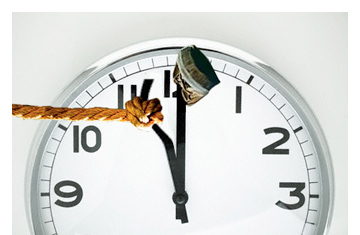From the 1930s to 1980, childhood in America became a cherished space for youngsters to grow in.
After 1980, and with increasing furor, that space has been under assault and childhood terribly compromised. Look at what we once did and what we’re now doing.
The Rise
- Child labor laws.
- Civil rights protections for all children.
- Full and secure employment for parents.
- Play as a mode of learning. Early childhood as a time to invest in child development through stimulating play.
- Contraception and the Pill allowed women choice and children to feel chosen.
- Feminism brought fatherhood back home and encouraged men to be robust partners in parenting.
- Protection from adult violence including corporal punishment and child abuse; the establishment of family and children’s courts, and special sentencing for minors.
- Access to quality education on an unprecedented scale stimulated by competition with the Russians and influenced by deep psychology. The U.S. moved toward universal inclusion from elementary through postsecondary education.
Yet once these gains were fully established in the top rungs of society, they began to shut down for the nation’s children as a whole. For 50 years, the pendulum swung toward protecting children and guaranteeing a childhood for all; then it began to swing back when less than half of the population had securely achieved these benefits. So despite the language of “going too far” in the direction of a protective, even “nanny,” state, we have never in fact gone far enough for the least privileged of us.
The Fall
- Schools, once protected from the workplace, have been turned into a workplace of rigid rules, intense competition and permanent stress. Even privileged children are educated in the fortress mentality set in motion by Ronald Reagan’s “Nation at Risk” report and George Bush’s No Child Left Behind Act. The pressure cooker of privileged schooling sets in motion a competitiveness, pitting kids against each other, and ironically, producing insecurity and trauma in the lives of rich kids, too.
- Play is diminished in importance, and recreational activity in the school setting has become a privileged enrichment benefit in private schools.
- Unemployment and welfare reform have made family life insecure with its greatest impact on the lowest 40% of income earners.
- Child consumption has skyrocketed as an advertising target, with violence all too often the trigger to this consumption. And despite our public recoil at child molestation, our media continue to sexualize children, especially girls.
- Failure to protect children from adult assault has become a commonplace discovery in such basic institutions as the church and sports. In born-again settings, corporal punishment is on the rise, according both to victims and the sale of popular books lauding it as a method of discipline. And of course, profiling in immigrant and poor communities has made vulnerable children even more so.
- Children in poor and immigrant communities are actually working — on the land and in sweatshops — despite our laws to the contrary. Children in this population have less than a 10% chance of a college education. Hunger and homelessness among these children is at shockingly high levels.
- Challenges to contraception have reached national credibility, with no regard to the memory of unwanted and maimed children resulting from aborted abortions.
- The extension of the age of culpability for criminal behavior and the use of adult courts for teenage offenders is adding to the pain of children in parts of the socio-economy where the incarceration of parents is disproportionately high.
- The need for both parents to work in the face of not only economic downturns, but the demand for higher productivity from American workers and lower public benefits, puts the lives of children under stresses that we once aimed to eradicate.
In describing both the rise and fall of American childhood, I’ve quoted no data for two reasons. One, it is all out there. It’s in the press and in the professional literature for all to find. Two, the gathering of data seems to make no difference to public behavior and public policy.
Perhaps it’s time instead for each of us to imagine just one child, one who looks like a child you know and love. Each of these children is the bearer of the accumulated loss summarized in the Rise and Fall.


